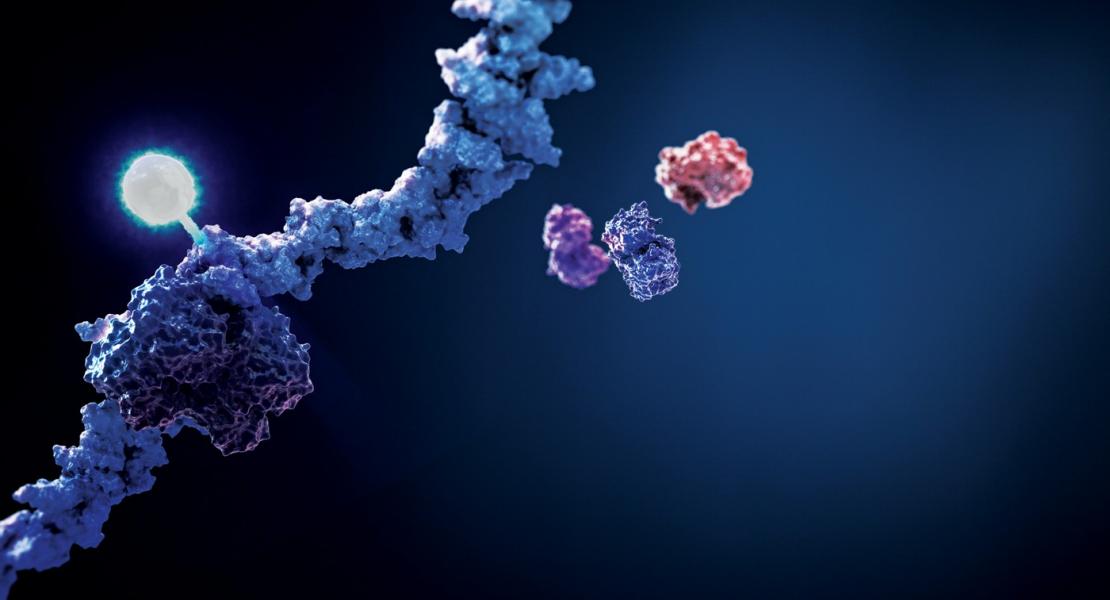Increasing the specificity of CRISPR systems with engineered RNA secondary structures

Abstract
CRISPR (clustered regularly interspaced short palindromic repeat) systems have been broadly adopted for basic science, biotechnology, and gene and cell therapy. In some cases, these bacterial nucleases have demonstrated off-target activity. This creates a potential hazard for therapeutic applications and could confound results in biological research. Therefore, improving the precision of these nucleases is of broad interest. Here we show that engineering a hairpin secondary structure onto the spacer region of single guide RNAs (hp-sgRNAs) can increase specificity by several orders of magnitude when combined with various CRISPR effectors. We first demonstrate that designed hp-sgRNAs can tune the activity of a transactivator based on Cas9 from Streptococcus pyogenes (SpCas9). We then show that hp-sgRNAs increase the specificity of gene editing using five different Cas9 or Cas12a variants. Our results demonstrate that RNA secondary structure is a fundamental parameter that can tune the activity of diverse CRISPR systems.
